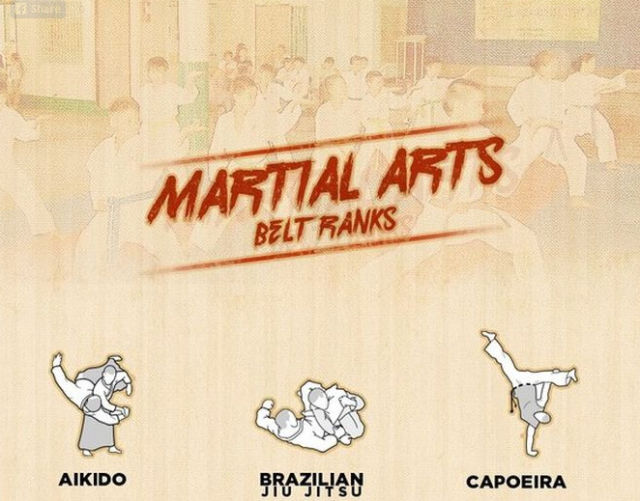Typical Martial Arts Vs. Modern Fight Sports: Recognizing The Key Distinctions
Typical Martial Arts Vs. Modern Fight Sports: Recognizing The Key Distinctions
Blog Article
Created By- free martial arts near me
When you think about martial arts, do you lean a lot more toward the conventional practices or the modern fight sporting activities? Each path provides distinct advantages and experiences, shaped by their approaches and training approaches. Conventional martial arts highlight individual development and technique, while modern-day combat sporting activities concentrate on competitors and performance. Recognizing these distinctions can guide you in picking the ideal method for your journey. But just how do these differences materialize in training and ideology?
The Ideology and History Behind Typical Martial arts
While many individuals connect martial arts with physical battle, the viewpoint and background behind conventional martial arts run much deeper. You'll locate that these disciplines emphasize personal development, self-control, and regard.
Originating from ancient methods, standard martial arts were frequently established for Self-Defense and spiritual development. They symbolize principles such as balance, consistency, and self-control, directing specialists beyond simple battling skills.
As you educate, you'll not just discover strategies yet likewise acquire understandings right into the society and worths that formed these arts. The rituals and customs, frequently given with generations, foster a sense of area and belonging.
The Competitive Nature of Modern Battle Sports
Modern fight sports have actually changed the landscape of martial arts into a highly competitive sector, where professional athletes challenge in a test of skill, strategy, and endurance.
You'll discover that competitions are frequently arranged with stringent policies and guidelines, ensuring fair game and safety and security. These events attract big target markets, sustaining the enjoyment and strength of competitions.
Professional athletes train carefully, not just for physical prowess however additionally for psychological strength, knowing that every detail counts in the ring. The adrenaline thrill during competitors is palpable, as fighters push their limits to declare success.
Followers value the athleticism and creativity involved, making modern combat sporting activities a thrilling phenomenon that continues to develop and captivate enthusiasts around the world.
Training Approaches and Techniques: A Relative Evaluation
The competitive atmosphere of modern combat sporting activities demands ingenious training methods that differ substantially from conventional martial arts.
In contemporary training, you'll focus on certain techniques, sparring, and conditioning, typically making use of drills that mimic genuine battle scenarios. You'll see a focus on measurable performance and constant competitors to evaluate your abilities.
In contrast, standard martial arts prioritize forms, katas, and thoughtful teachings, often highlighting technique and respect over competitors.
Training is usually much less intense and may involve repetitive technique instead of real-time sparring.
While both techniques develop ability and fitness, modern combat sporting activities provide a much more vibrant and versatile training environment, preparing you for prompt obstacles in the ring or cage.
Pick the course that lines up with your goals and interests.
Final thought
In selecting in between typical martial arts and contemporary fight sports, it really boils down to what you value the majority of. If you're looking for individual growth, self-control, and a feeling of neighborhood, conventional arts might be your best fit. But if you flourish on competition and real-time challenges, modern-day battle sporting activities could be the means to go. Ultimately, https://www.dailymail.co.uk/tvshowbiz/article-10707265/The-Karate-Kids-Ralph-Macchio-shows-youthful-features-four-decades-film.html provide distinct advantages, so it's everything about straightening your training with your personal objectives and passions.
